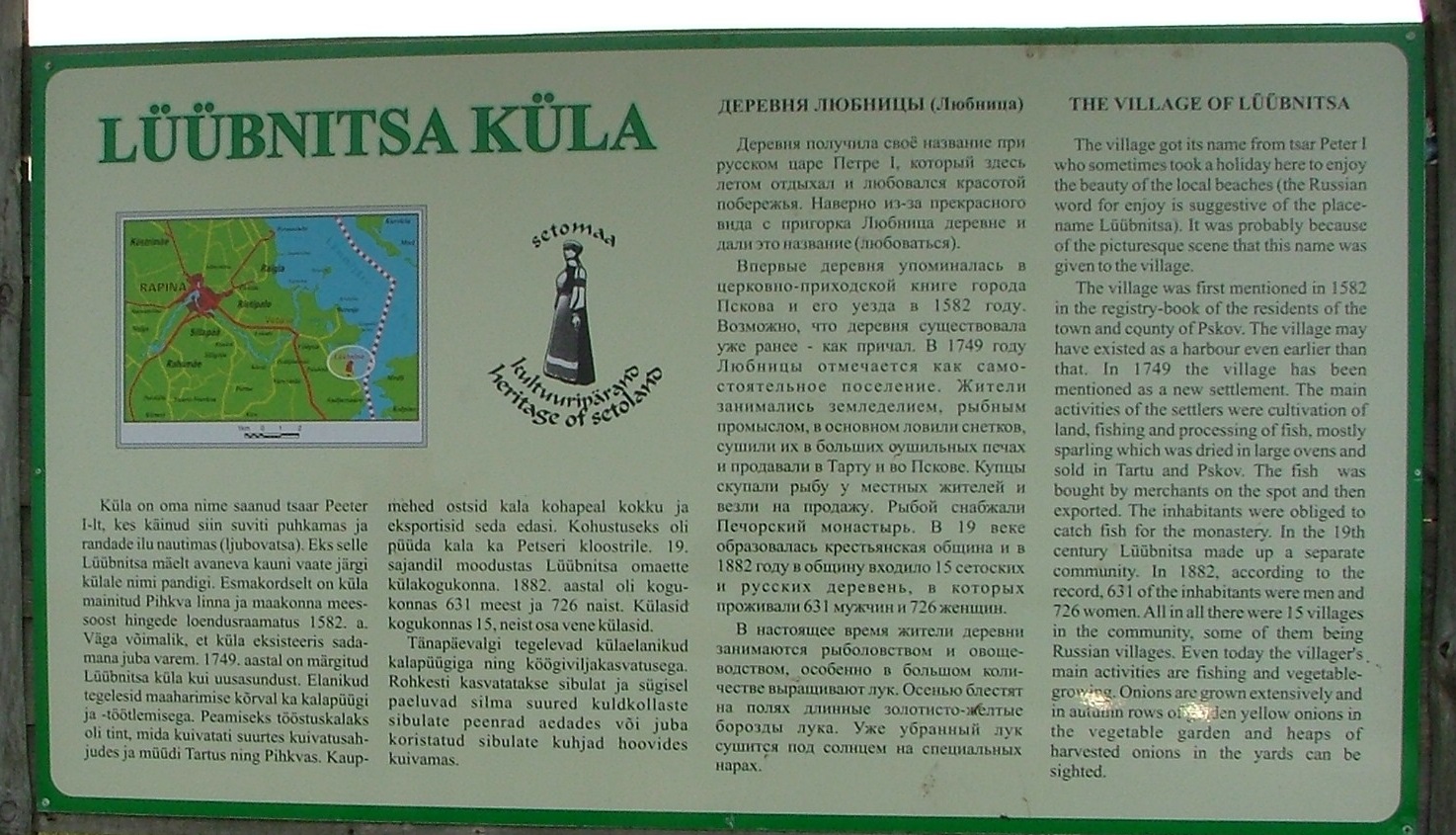1. Example content
The text of the document is mostly authored using Markdown syntax. You can use italicized text, bold text, hyperlinks and inline code blocks.
There are unordered lists:
-
Pollen
-
Honey
-
Bees
-
Work
And there are ordered lists:
-
Aardvark
-
Abacus
-
Academic
-
Subitems work in lists, too
-
The list numbering is automatic
-
Block formatting can be useful for quotes and excerpts:
Lorem ipsum dolor sit amet, consectetur adipiscing elit. Vivamus tellus dolor, porttitor ut elit sed, vestibulum maximus velit. Maecenas at sollicitudin neque. Sed eu risus ullamcorper:
porttitor lacus at
convallis nunc
suspendisse id dolor urna
quervos murat
curabitur in eros diam
In quote blocks, you can still use all regular formatting. To disable formatting, use code blocks (see below).
There is a special syntax for "key-value" lists:
- key
-
value
- another key
-
another value
1.1. Special formatting of informative examples and notes
Note: if a paragraph starts with "Note: " it gets special highlighting and block formatting. These paragraphs are considered informative.
Some paragraphs might be marked as informative examples.
1.2. Including code/XML snippets
There is a special syntax for code blocks. This disables markup processing:
<!DOCTYPE html> <html lang= "en" > <head> <meta charset= "utf-8" > <title> Example website</title> </head> <body id= "home" > <h1> HTML5!</h1> </body> </html>
1.3. Including math
When \(a \ne 0\) there are two solutions to \(ax^2 + bx + c = 0\) and they are $$x = {-b \pm \sqrt{b^2-4ac} \over 2a}.$$
1.4. References
There is a shortcut syntax for cross references to chapters in the same document: § 1 Example content
There is a shortcut syntax for referencing well-known documents (RFCs etc) that are published on SpecRef. For example, [rfc2324] is an important one.
Note: You can also change the reference text and just call it the coffee pot RFC.
There is a slightly different shortcut syntax for normative references [DASH-SystemIDs].
2. Some things require HTML
Tables are defined as HTML and should be followed by <figcaption> and together enclosed by <figure>.
| Usage | Algorithm |
|---|---|
| Content Key wrapping | AES256-CBC, PKCS #7 padding |
| Encrypted key MAC | HMAC-SHA512 |
The data and pre classes enable some default styling for tables. Pick whichever you prefer. The above table uses data.
Images are also inserted as HTML.

3. Automatic diagram generation
Diagrams can be automatically generated from text files. See content of Diagrams/ subdirectory for diagram source code.


4. Manual diagrams
Diagrams can also be managed manually, treated as static images. Often these are yEd diagrams (.graphml files) that are manually exported to PNG.

5. Defining terms
The Bikeshed document compiler has a special syntax for various types of term/element definitions. This syntax enables easy cross-refrencing and building of the terminology index.
Terms can be defined either inline (as Bikeshed document compiler above) or in a key-value list:
- foo
-
bar
- baz
-
woo
Using term reference syntax will link back to the definition of the term: foo or baz.
Note: every term must be referenced and every reference must point to a valid term. Terms with 0 references will result in a build error, just the same as broken references.
Use a pipe character to specify custom text for the generated link (e.g. for grammatical purposes):
Two bazes are better than three foos!
6. Defining data structures
If your document defines data structures or languages, you will generally want to use the HTML/XML reference syntax of Bikeshed.
Consider the following XML structure consisting of bookstore and book elements:
<bookstore name= "Ye Olde Booke Shoppe" > <book title= "Machine Learning for Machines" /> <book title= "List of letters in the English alphabet, 2nd ed" /> </bookstore>
The data structures in this snippet can be defined as the examples below illustrate. This type of definition allows easy referencing of elements and their children (e.g. title).
Note: the data structure syntax shown here is not ideal but it is the closest we can get to a general-purpose Bikeshed data structure syntax that still enables automatic references. Notably, we cannot easily differentiate between XML element children and attributes.
6.1. bookstore element
The root element of the bookstore document format.
name(required, xs:string)-
The human readable name of the bookstore.
book(0...N,book)-
Any number of books made available by the bookstore.
6.2. book element
Defines one book that is published in a bookstore.
title(required, xs:string)-
The human readable title of the book.
7. Remember, this is Bikeshed not Markdown!
Many editors have "Markdown preview" functions that will not be a 100% match to what will really be generated from the source code of this document. Do not be surprised if there are formatting differences.
